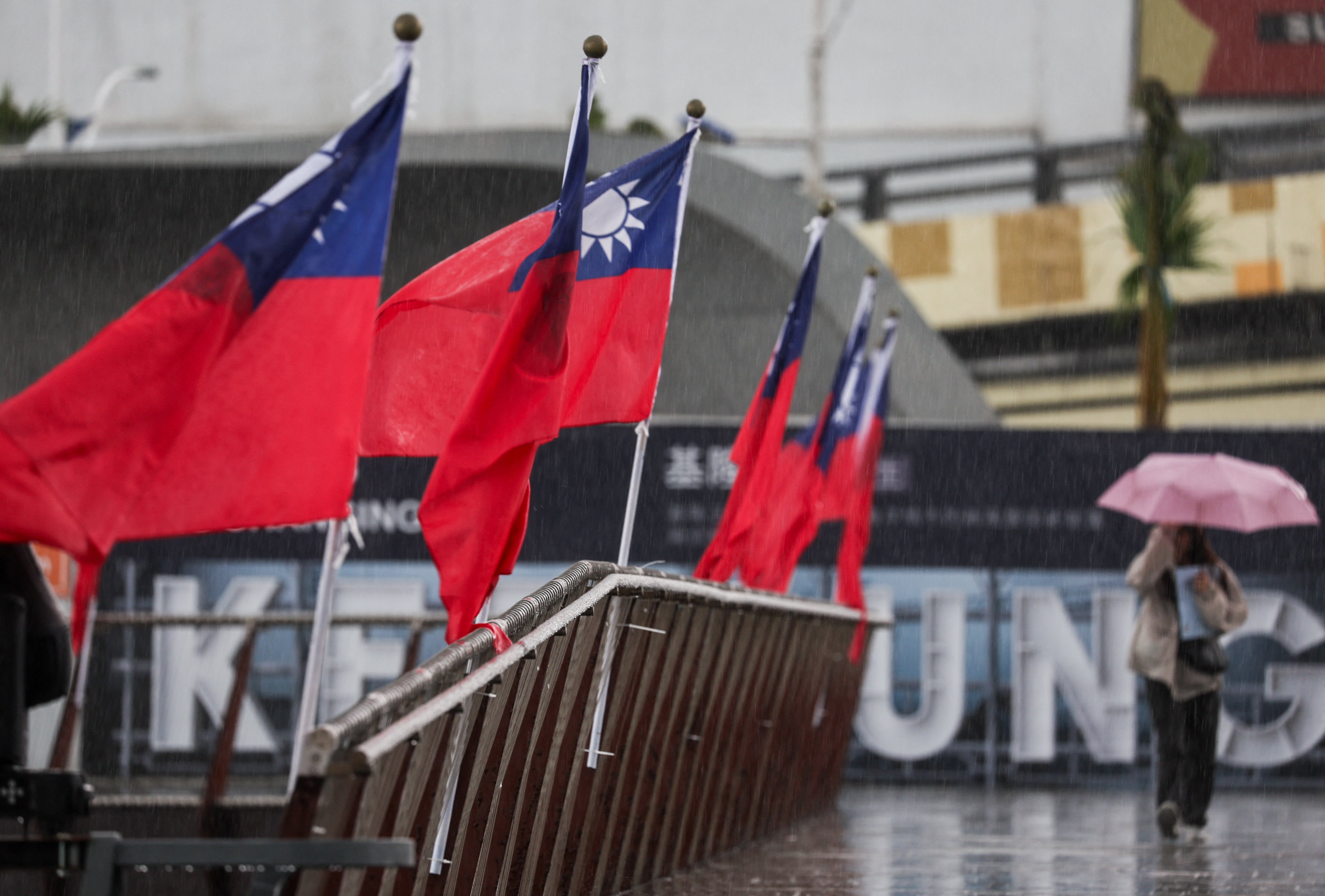Taiwan quietly alters threshold to trigger air raid alarm in case of China’s incursion
Taiwan defends lowering threat limit to trigger alarm as necessary step
Your support helps us to tell the story
From reproductive rights to climate change to Big Tech, The Independent is on the ground when the story is developing. Whether it's investigating the financials of Elon Musk's pro-Trump PAC or producing our latest documentary, 'The A Word', which shines a light on the American women fighting for reproductive rights, we know how important it is to parse out the facts from the messaging.
At such a critical moment in US history, we need reporters on the ground. Your donation allows us to keep sending journalists to speak to both sides of the story.
The Independent is trusted by Americans across the entire political spectrum. And unlike many other quality news outlets, we choose not to lock Americans out of our reporting and analysis with paywalls. We believe quality journalism should be available to everyone, paid for by those who can afford it.
Your support makes all the difference.Taiwan lowered the threshold to trigger air raid alarms in case of a Chinese incursion, raising concerns that the revised system might leave citizens with less time to seek shelter during conflict.
Taiwanese defence minister Wellington Koo Li-hsiung said the change was necessary due to the repeated and escalating hostilities by China across the Taiwan Strait.
But he assured that China will not remain “unchallenged within Taiwan’s vicinity”.
Taiwan has been issuing air raid alerts if the People’s Liberation Army (PLA) aircraft or vessel breached the 70 nautical miles limit of the Taiwanese coast. However, that limit has been revised in recent years and now the air raid alert is triggered at 24 nautical miles.
“China’s repeated provocations across the median line and escalating hostilities around Taiwan have necessitated this adjustment,” Mr Koo was quoted as saying by the South China Morning Post.

“The military will respond by closely monitoring and analysing the situation to discern PLA intentions, ensuring they cannot operate unchallenged within Taiwan’s vicinity,” he said.
Beijing views Taiwan, an island of 23 million people which is about 160km (100 miles) off China’s east coast, as a renegade province that must come under its control.
The median line refers to the unofficial maritime boundary in the Taiwan Strait, a 180km-wide body of water separating Taiwan and mainland China. The line was first delineated in the 1950s by the US during the Cold War but Beijing has repeatedly refused to accept it and disregarded it, raising tensions.

The Taiwanese government has accused China of intensifying its military harassment of the island in recent years, sending military vessels and aircraft near it almost daily. Beijing has also been flying balloons – which are feared to be used for surveillance – near the island despite Taiwan’s complaints.
Military officials in Taiwan have reportedly said the decision is to better align its defences with the PLA’s strategies, possibly to avoid issuing warnings too early or unnecessarily.
However, the concern raised is that this adjustment could reduce the amount of time civilians have to seek shelter in case of a real threat during a potential cross-strait conflict.
On Tuesday, Taiwan’s Ministry of National Defense (MND) said it detected five PLA aircraft and seven PLA navy vessels operating in the strait with at least four of the aircraft crossing the median line.
It came as Taiwan said it detected a Chinese balloon over the sea to Taiwan’s north, the first incident since April and in the days leading to the presidential election in January.

Join our commenting forum
Join thought-provoking conversations, follow other Independent readers and see their replies
Comments